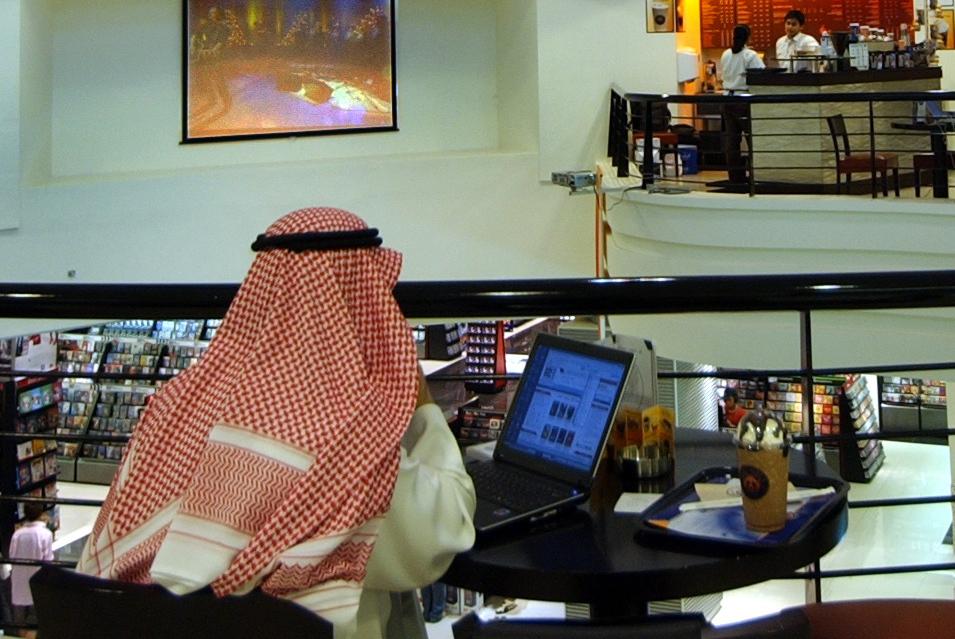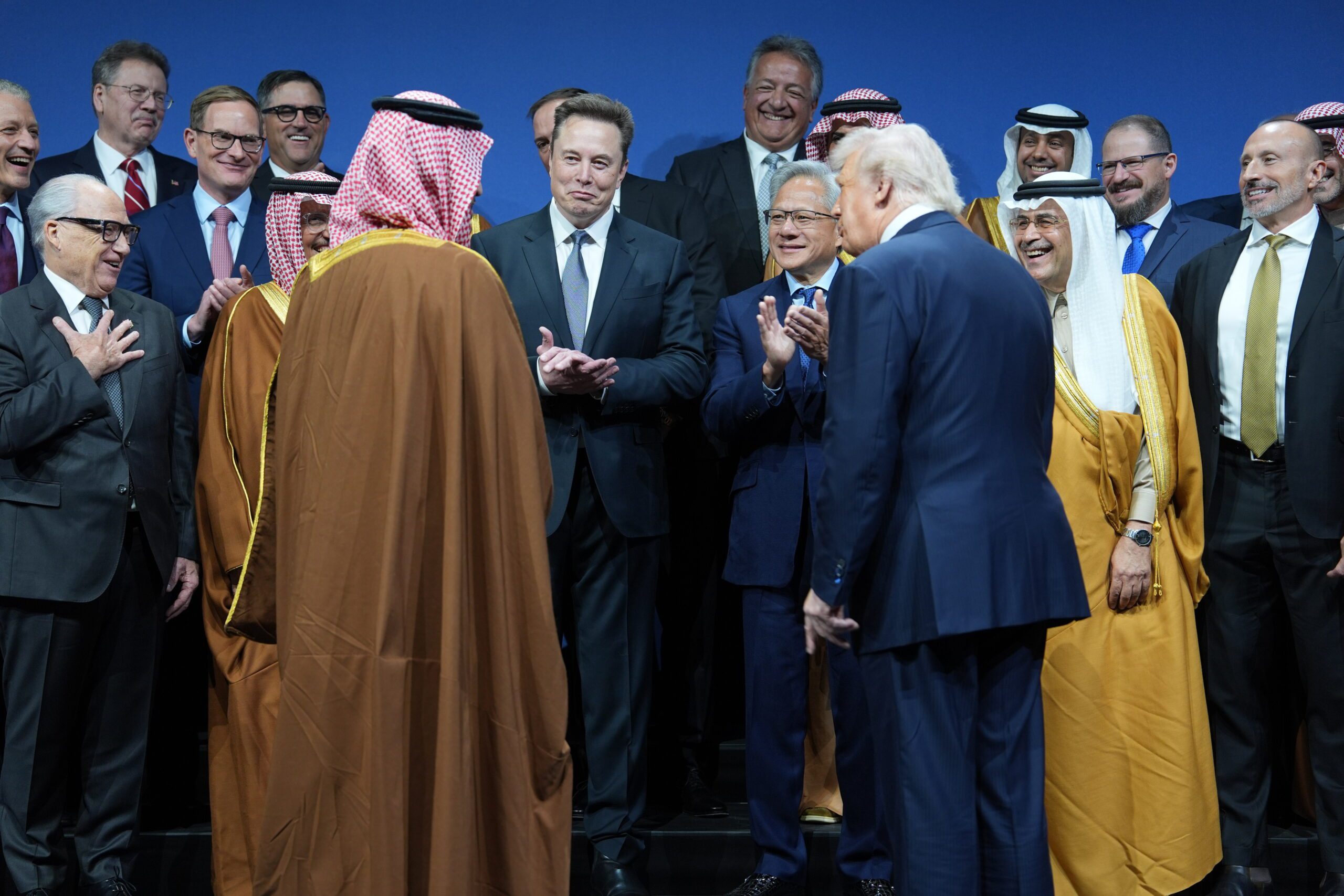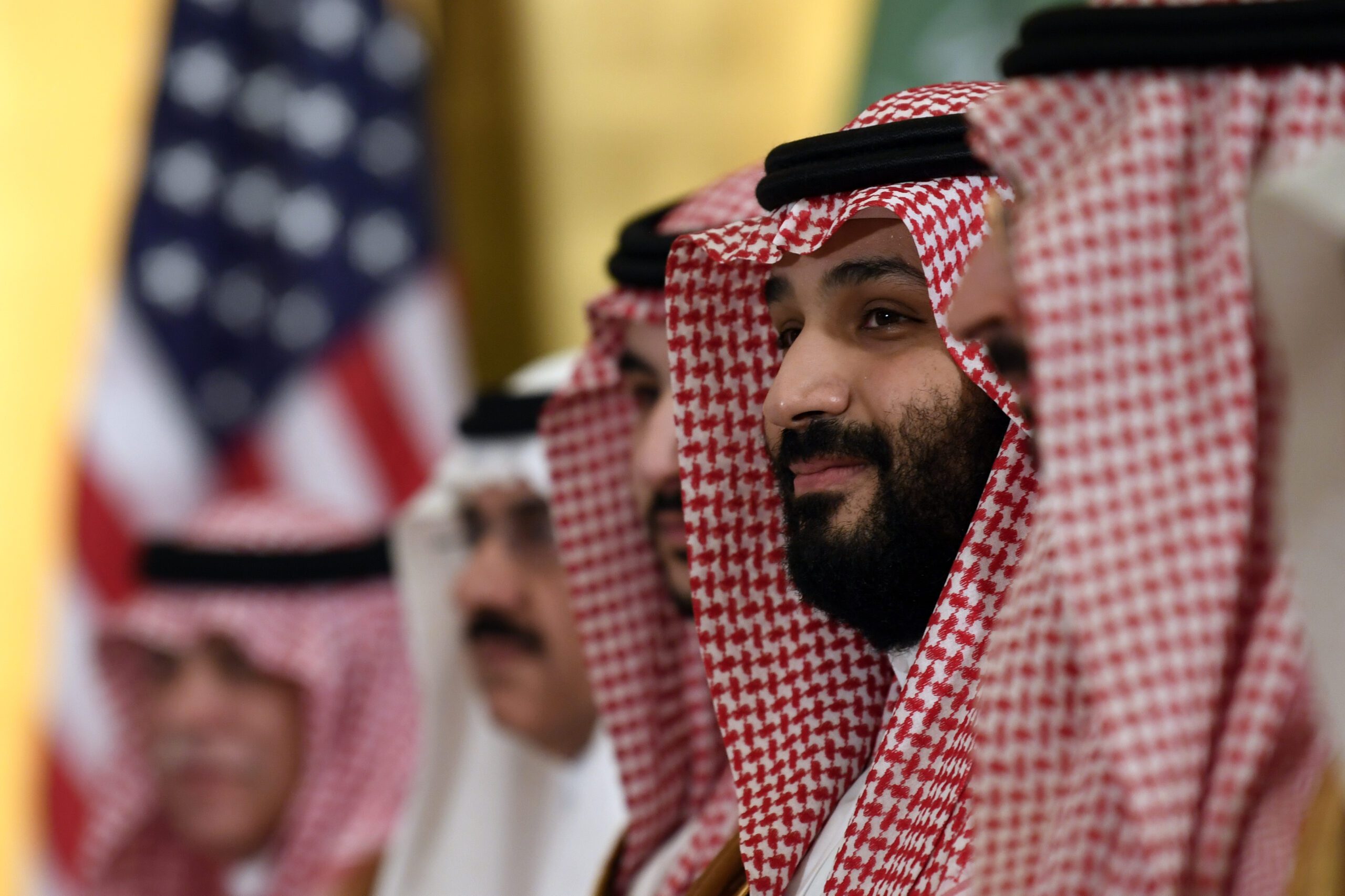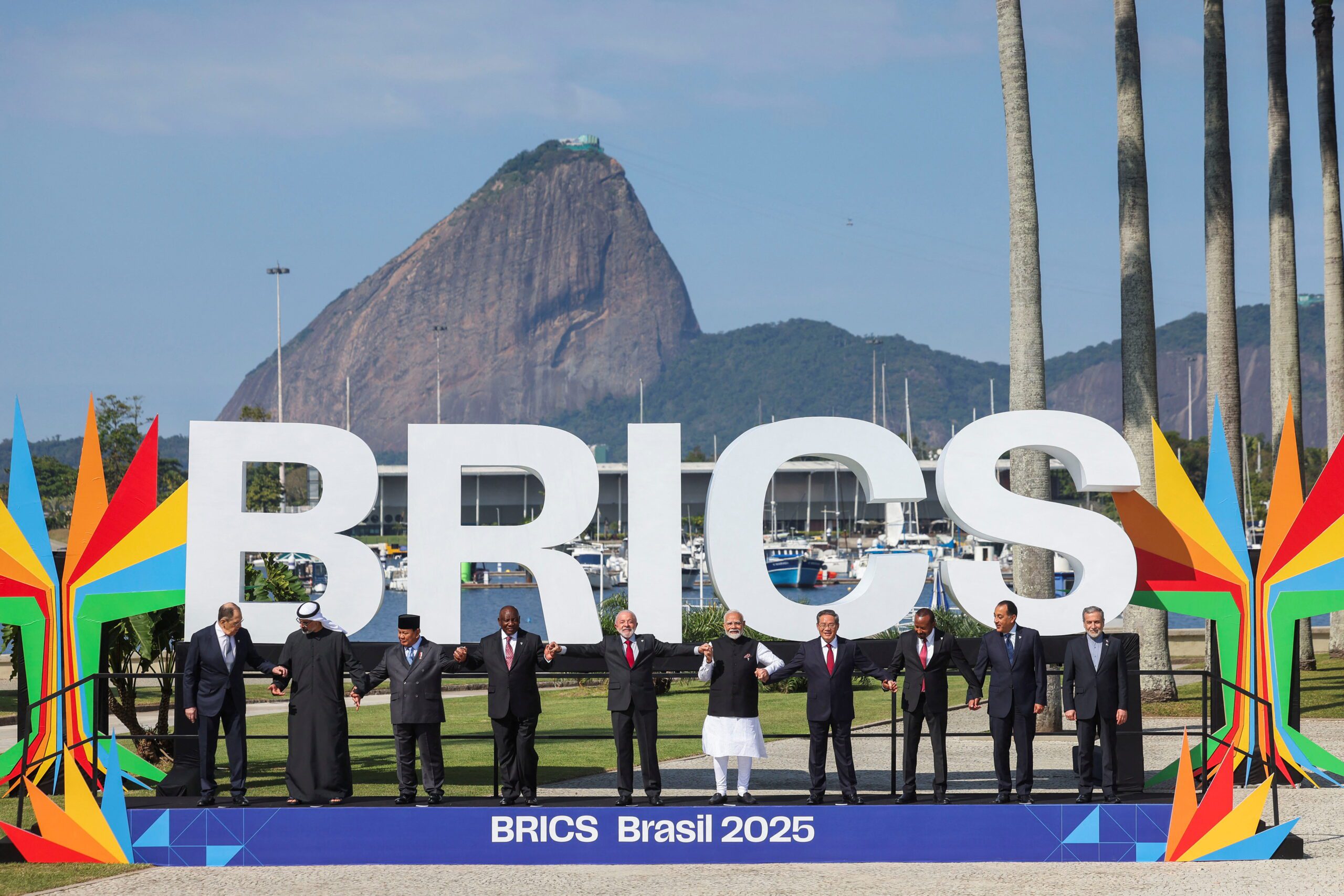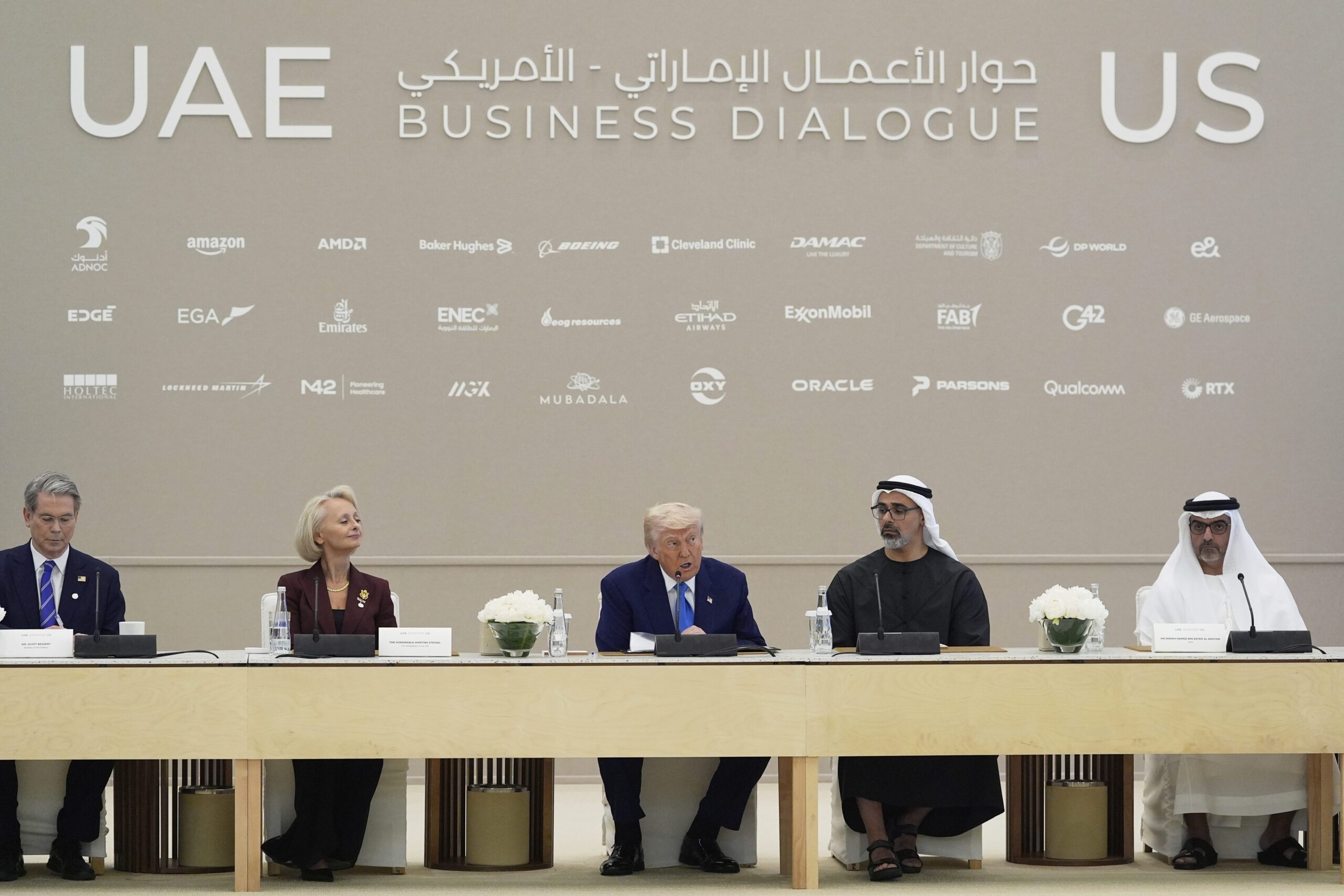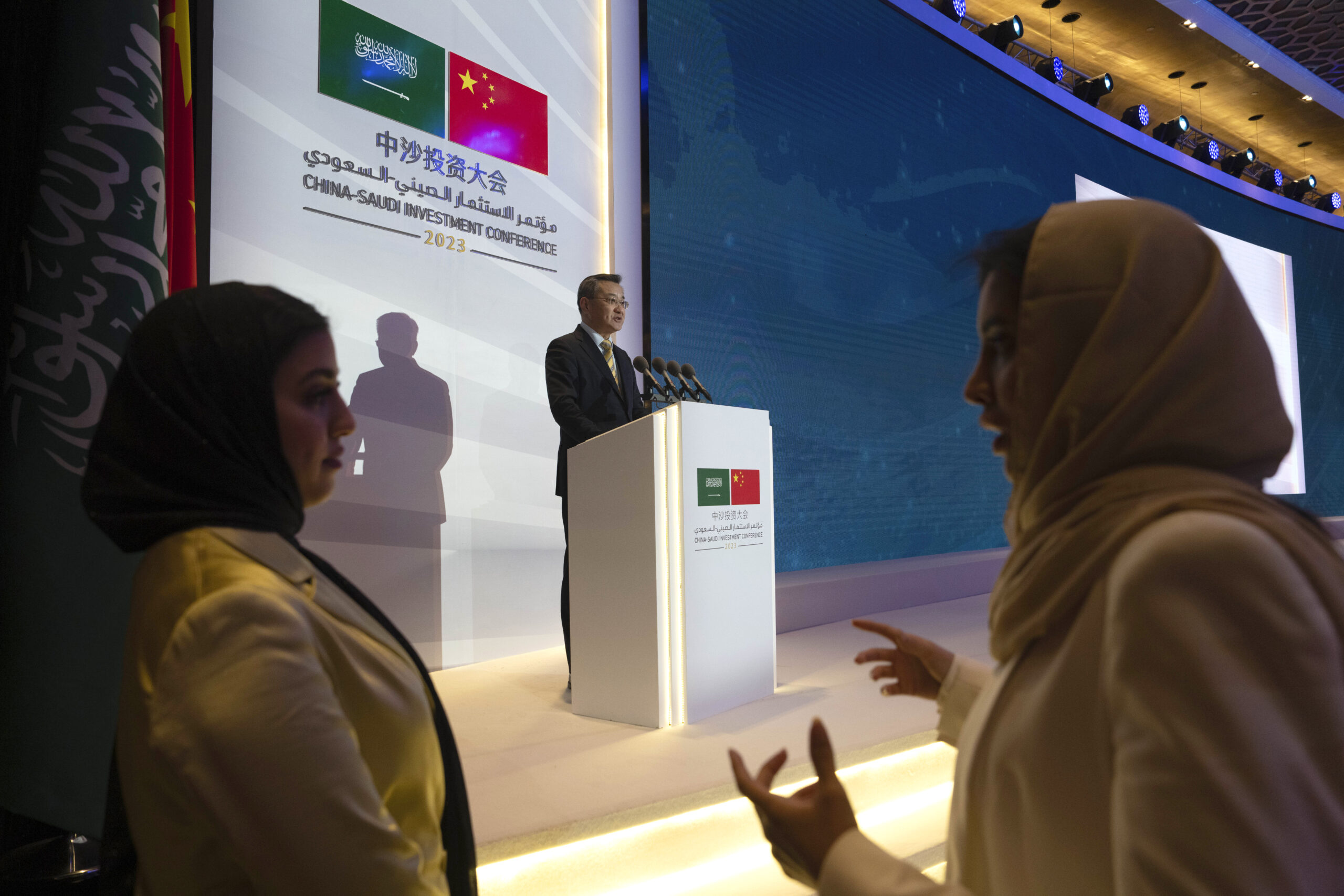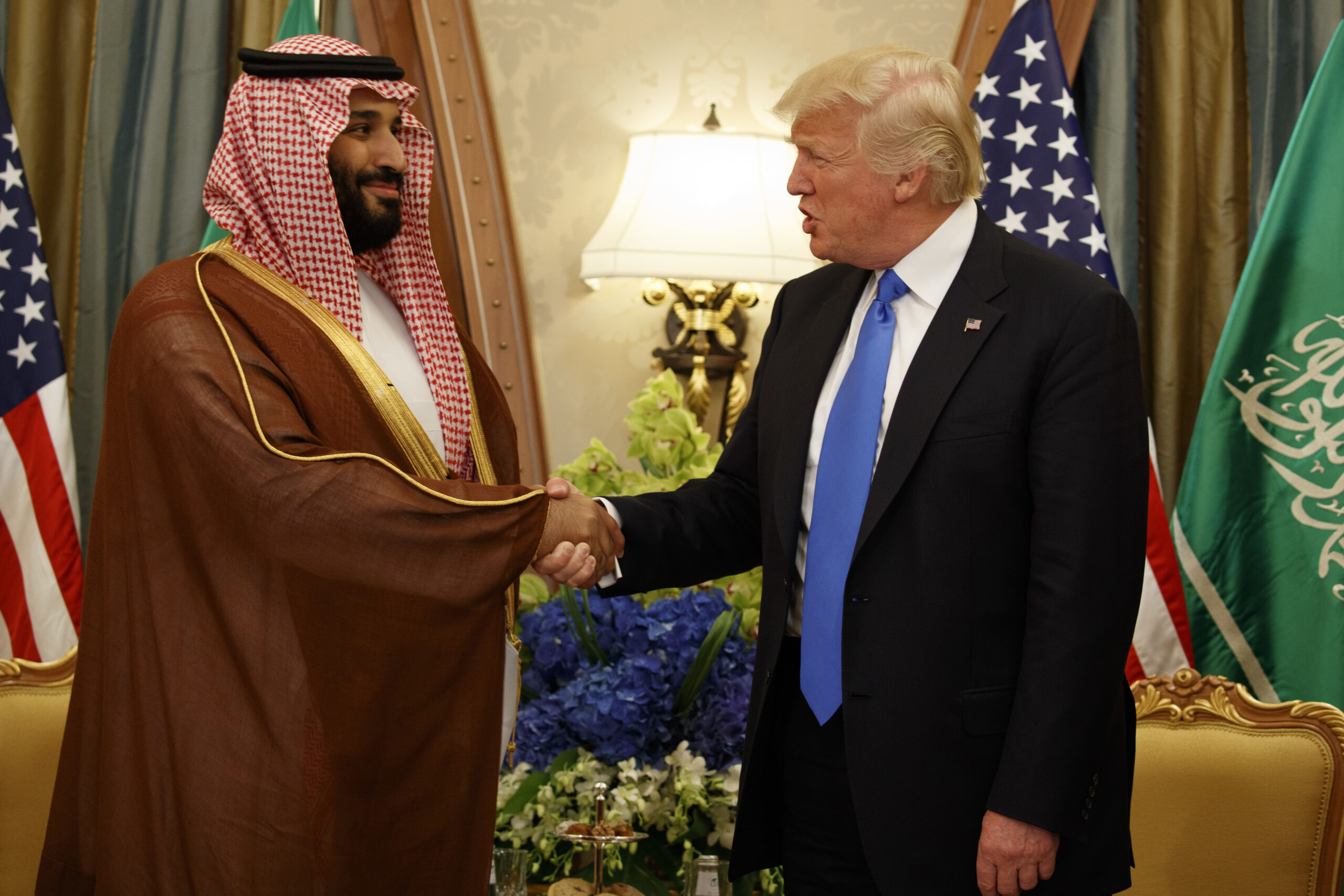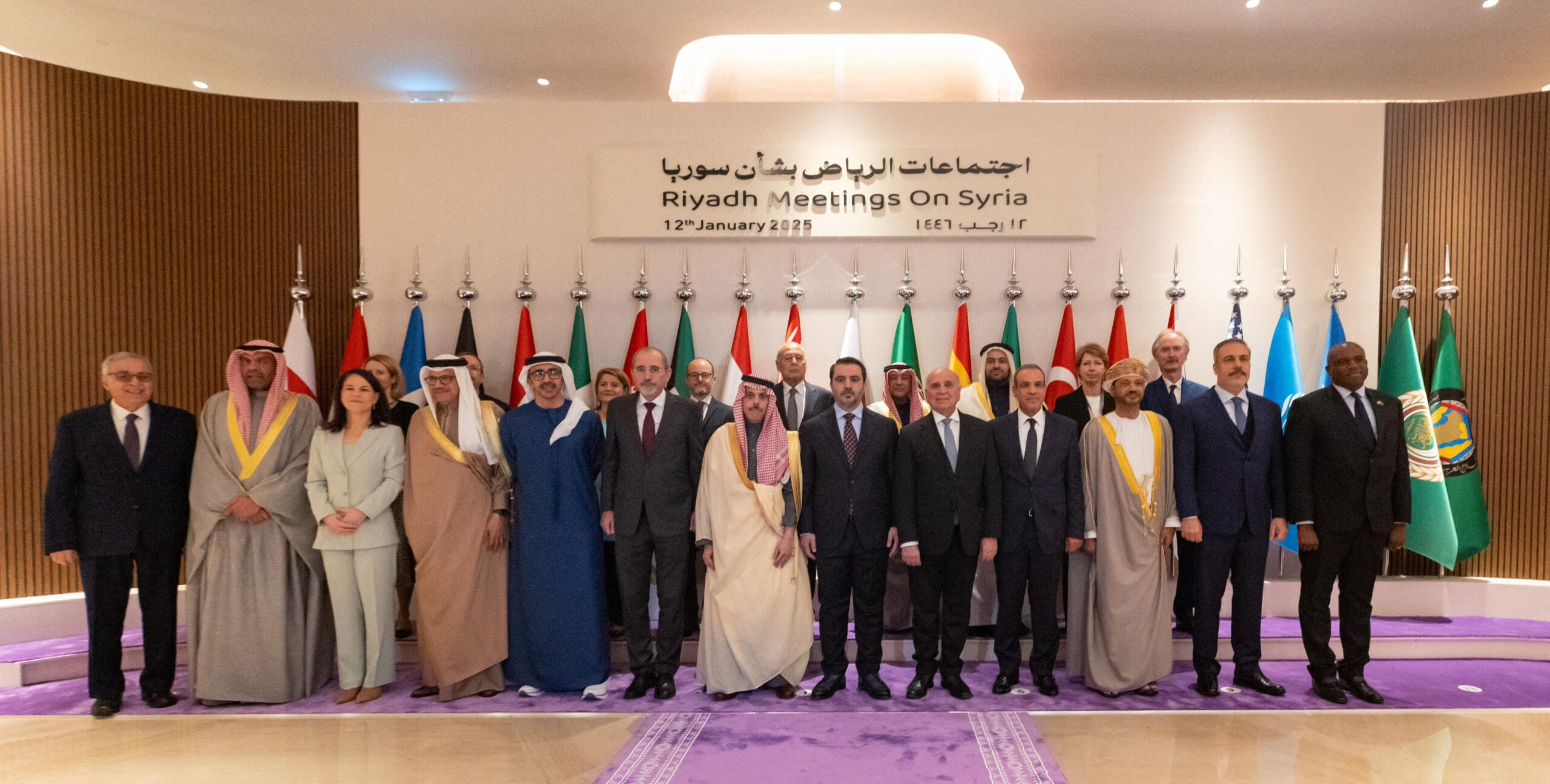Debt Maturities Loom As Gulf States Sell More Bonds
Regional policymakers must grapple with how the political and economic systems that they plan to sustain with today’s debt can meet tomorrow’s obligations.
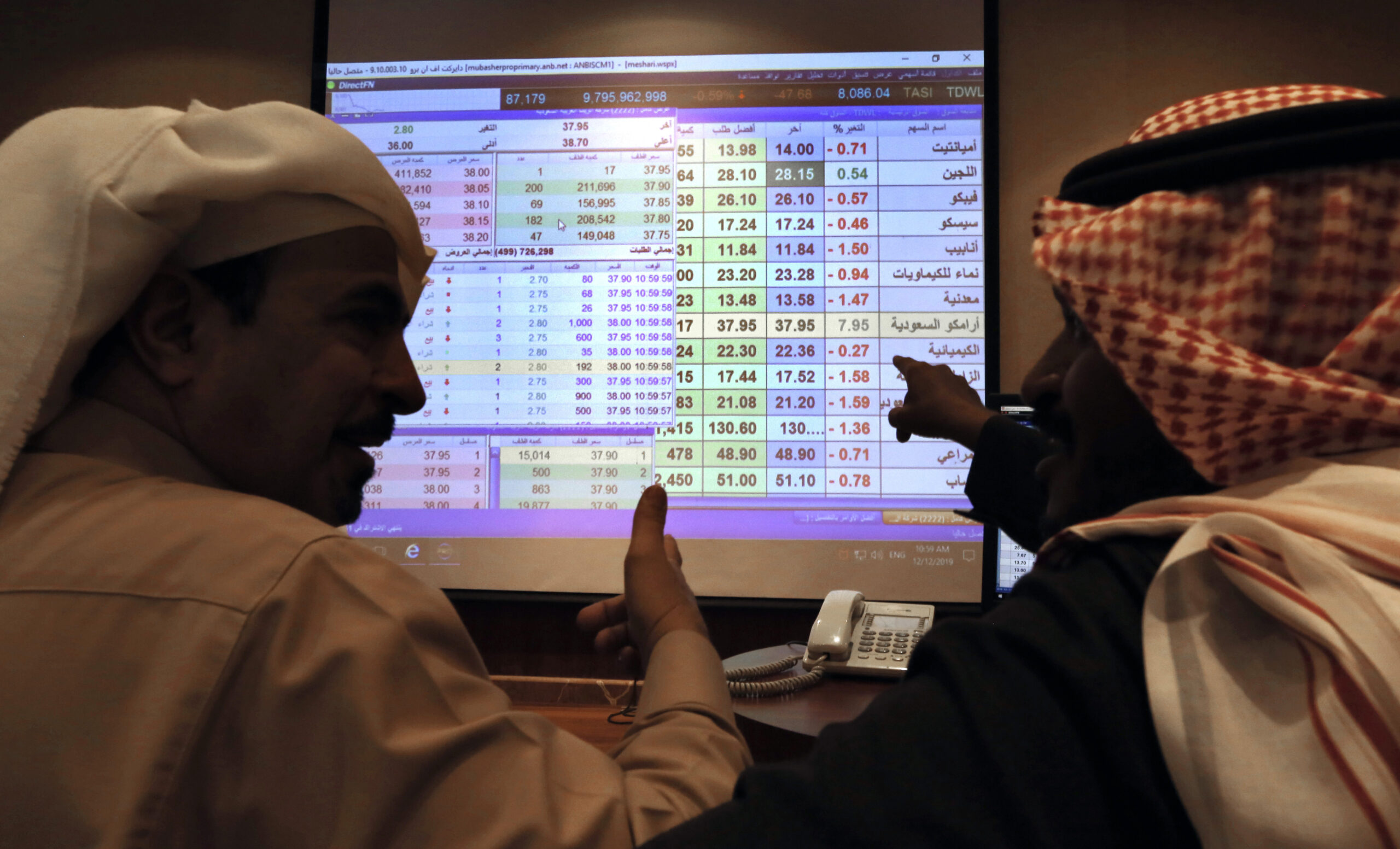
Gulf Arab governments and government-related firms are accelerating debt issuances as a turbulent 2020 approaches its fourth quarter. Despite challenging economic conditions, most regional governments enjoy affordable access to local and external debt. Yet the paths to debt markets have not been problem free. Regional debt dynamics reverberate horizontally by impacting, for example, the role of sovereign wealth funds in the region, and external debt maturities loom over Gulf borrowers in weaker financial positions.
High sovereign debt levels in Gulf Arab states are neither unprecedented nor necessarily unmanageable. After the Iraqi invasion of Kuwait, the ratio of the small Gulf Arab state’s central government debt to gross domestic product soared to 151%. Saudi Arabia’s debt-to-GDP ratio reached approximately 103% in 1999 but dropped to 1.56% in 2014. Qatar also managed to reduce a 74% debt-to-GDP ratio in 1999 to the single digits in the early 2000s. Following the oil price collapse of 2014-15, central government debt in Gulf Arab states rose precipitously. In 2016 and 2017, Gulf Arab states issued more than $90 billion of debt in local and foreign currencies each year. Periods of high oil and gas prices followed years of substantial debt accumulation, providing Gulf Arab states maneuverability to manage their debt obligations with financial windfalls from oil and gas exports.
Central Government Debt (Percentage of GDP)
Debt offerings by Gulf Arab states and emirates in solid fiscal positions received strong demand in early 2020. In April, Qatar sold $10 billion in bonds after receiving over $44 billion in orders; Saudi Arabia and the emirate of Abu Dhabi followed shortly thereafter, each with $7 billion in bond sales, with both offerings substantially oversubscribed. In September, Abu Dhabi completed a $5 billion bond offering, which included a 50-year tranche, the longest bond term issued by a Gulf sovereign issuer.
Sovereign issuers in the Gulf with lower credit ratings or uncertain finances have likewise tapped debt markets. Bahrain raised $2 billion in May, and the country sold another $2 billion in a dual-tranche issuance on September 9. Fitch Ratings downgraded Bahrain in August – the country’s first downgrade in over two years – and estimated that its debt-to-GDP ratio would reach 130% in 2020. In its first sale in public bond markets since 2014, Dubai sold $2 billion in a dual-tranche bond offering on September 2.
The details surrounding Dubai’s level of indebtedness are vague. Oxford Economics estimated Dubai’s total public debt at around $153 billion (140% of GDP) – with included debt by government-related entities of $89 billion; more than 60% of that debt was due over the next four years. However, a bond prospectus released by Dubai revealed $33.6 billion (28% of GDP) in outstanding direct government debt, suggesting that the emirate’s debt is not as worrisome as predicted. However, there are few details in the prospectus concerning the debt obligations of government-related entities, which may explain some of the divergence in debt calculations.
There are concerns that regional governments have encouraged state-owned firms and government-related entities to identify alternate forms of financing through debt issuances and loans over the past few years. DP World – a subsidiary of Dubai World – sold $1.5 billion of Islamic bonds in June, while Saudi Basic Industries Corporation sold $1 billion in dual-tranche bonds on September 3. On September 10, the Saudi Electricity Company raised $1.3 billion in the first green bond sale by a Saudi issuer. Following the 2009 global financial crisis, Dubai World restructured $23.5 billion in debt with its primary lenders. Dubai World’s early repayment of $8.2 billion in June – more than two years ahead of schedule – suggests that the government-owned conglomerate aims to boost confidence in its debt management capabilities.
How and when Oman and Kuwait will tap international debt markets is not yet clear. Oman’s government asked banks to arrange an issuance of local Islamic bonds, and it confirmed the issuance of local development bonds worth $1.43 billion. The Omani government also secured a $2 billion, 1-year bridge loan from regional and international banks with the expectation that it would be repaid following an international bond issuance. Facing high borrowing costs, Oman had not issued bonds in international debt markets during 2020 as of early September.
Kuwait’s Parliament must pass a debt law for the country’s officials to legally tap international debt markets. On August 16, the Kuwaiti Parliament’s finance and economic panel rejected a proposed law that would have permitted the country to borrow $65 billion over 30 years. Proponents of the law hope to issue between $13 billion and $16 billion in government debt before the end of Kuwait’s fiscal year on March 31, 2021. Kuwait’s Ministry of Finance is studying compromises over the debt ceiling rate and the period for borrowing to help push a new debt law through Parliament. The government may pass a public debt law by emergency decree if the parliamentary session ends in late September without making any progress. Raising debt ceilings is easier in countries with streamlined political decision-making processes. For example, Saudi Arabia raised its debt ceiling from 30% to 50% of GDP to sell more bonds. Kuwait possesses a deep well of financial resources, but political processes have obstructed the ability to access and deploy these fiscal assets.
Sovereign debt challenges increase pressure on the Gulf’s state-owned investment vehicles to deploy funds domestically. S&P Global Ratings expects that the Gulf Arab states’ aggregate central government deficit will reach $180 billion in 2020, with $100 billion financed in debt and the remainder from a drawdown in government assets. There are two key types of Gulf funds that hold financial assets: general reserve funds – which tend to be smaller and designed as fiscal buffers – and internationally focused, future-oriented sovereign wealth funds. Officials managing the latter are likely to resist excessive encroachments on their financial capital or pressure to deploy inordinate capital for domestic purposes.
Debt issuances also face a future reckoning. Oman faces bond repayments of around $4.3 billion in 2021 and $6.4 billion in 2022. Bahrain’s amortization schedule includes $5.6 billion of external debt maturing between 2021 and 2023. The Qatari government, which remains in a relatively strong financial position compared to neighboring countries, plans to repay $20 billion of debt by 2021.
The historical economic strengths of Gulf Arab states underpin current demand for Gulf debt. However, regional states confront a triangular economic challenge: year-on-year budget deficits, ballooning government debt, and the prospect of low oil and gas prices for the foreseeable future. These three angles are mutually reinforcing – and not in a positive manner. Regional policymakers must grapple with how the political and economic systems that they plan to sustain with today’s debt can meet tomorrow’s obligations. Issuing more debt may be the best option today, but it is not the answer to the region’s long-term economic challenges.
The views represented herein are the author's or speaker's own and do not necessarily reflect the views of AGSI, its staff, or its board of directors.


